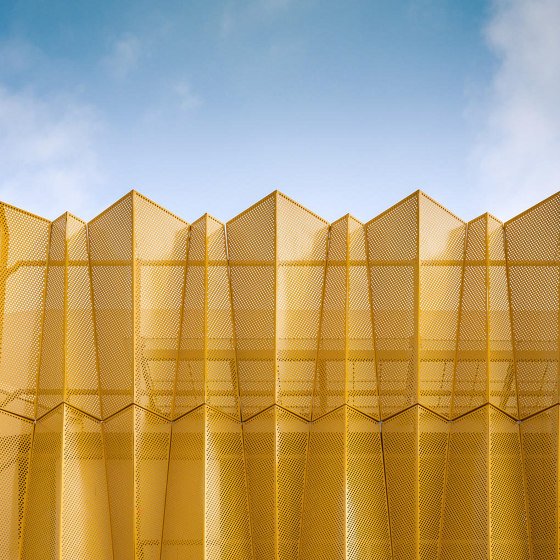Michael Anastassiades gets hands-on with his lockdown-inspired lighting collection
London-based, Cypriot designer Michael Anastassiades has been a fixture of the design world for over two decades. His hyper-minimalist approach to everything from interiors to lighting has made him a household name. The multi-hyphenated talent’s meticulous consideration for material and assembly has allowed him to channel his reverence for modernism and nature in various mediums. Though his highly-refined and pared-back wares—monumental luminaires for Italian brand Flos for example—result from an intensively iterative process, the designer often finds himself negotiating between the erratic nature of improvisation and the stability of structure. He stands apart in his ability to masterfully translate various sources of inspiration in distilled forms and compositions.
Anastassiades’s latest endeavor—a series of ready-made lamps—marks a departure for the usually industrially-minded designer. First debuted at ICA Milan in early September, new works are on view at New York gallery Friedman Benda through December 18; his first solo show in the United States. Born out of the lockdown but not as a direct reference to the paradigm-shifting world event, the collection was entirely developed by hand using different artisanal techniques and readily available materials within the confines of his studio. AN market editor Adrian Madlener spoke to the designer just before the showcase opened.
AN Interior: What was the impetus behind this project?
Michael Anastassiades: As of December 2019, I was scheduled to do a show with Friedman Benda the following April, but as we all know, COVID-19 hit, and that all changed. The questions of why we like design and why we produce certain things were put to a fine point. The complexity of how we make things was put to the test. All of a sudden, we couldn’t go to a workshop or visit fabricators in other cities. We all had to work from home. This new reality pushed me to reconsider how I usually go about doing things. Rather than rely on industrial production, I started working with my hands and seeing what that could yield. Making maquettes or approaching a project from the outside was never really something I had done before.
How did you get started?
Knowing that I wanted to work with natural material but not yet entirely sure what I would do with it, I began by ordering bamboo and twine. Why bamboo, you might ask? Because it’s so unpredictable. I wanted to challenge myself. What I usually do is so disciplined and controlled. It became an exercise of trying to understand the material and all of its imperfections. I had to learn how to tame it. Ultimately, It was a gesture against industrial processes. The idea was to make everything by myself, by hand, without using machinery. I only used hand tools to cut the bamboo. What is impressive about this material is that it’s essentially ready-made. It only required precise cuts and minimal finishing. A big part of my process was selecting the right pieces so that they’d have the same diameter and height. This influenced my decision to create lights and incorporate borosilicate glass tubes with similar conical dimensions.
Read the full interview and preview the show on our interiors and design website, aninteriormag.com.




